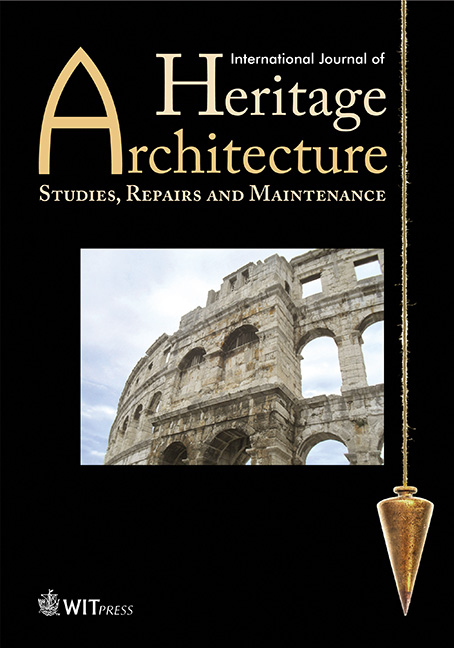SUSTAINABLE CONSERVATION FOR HISTORICAL BUILDINGS IN MEDITERRANEAN CITIES
Price
Free (open access)
Volume
Volume 2 (2018), Issue 2
Pages
10
Page Range
303 - 313
Paper DOI
10.2495/HA-V2-N2-303-313
Copyright
WIT Press
Author(s)
A. AFIFY
Abstract
Nowadays, due to the rapidly changing patterns of life and scale of activities, a more familiar approach towards conservation must be adopted, especially if all the values of historic buildings and towns are to be recognized, preserved and used. Adaptive reuse has proven to be an important strategy in conserving historical buildings. In the literature review of the caravanserais types of historical building, few cases were successfully reused. The focus of this research is the viability of adaptive reuse as a sustainable strategy in the conservation of caravanserais. As they are considered as heritage buildings, the conservation of their cultural significant value is an important goal to achieve. However, this research aims to review the sustainable adaptive reuse of caravanserais and to find a framework of sustainable adaptive reuse for the case studies. As criteria of selection, the selected buildings share several characteristics such as historical values, structural importance and whether they have achieved a successful adaptive reuse process. The criteria of analysis for the selected examples are on two levels: first are the new functional advantages – economically and socially; the second will be conservation status – structure deviation and improvement including discussion on if new materials were used. In addition, from this research we can conclude that adaptive reuse enhances the longer-term usefulness of a building and is therefore a more sustainable option than demolition and rebuilding. The benefits from adaptive reuse include social values and community expectations, economic viability and environmental sustainability.
Keywords
adaptive reuse, conservation, historical buildings, Mediterranean cities, sustainable development




